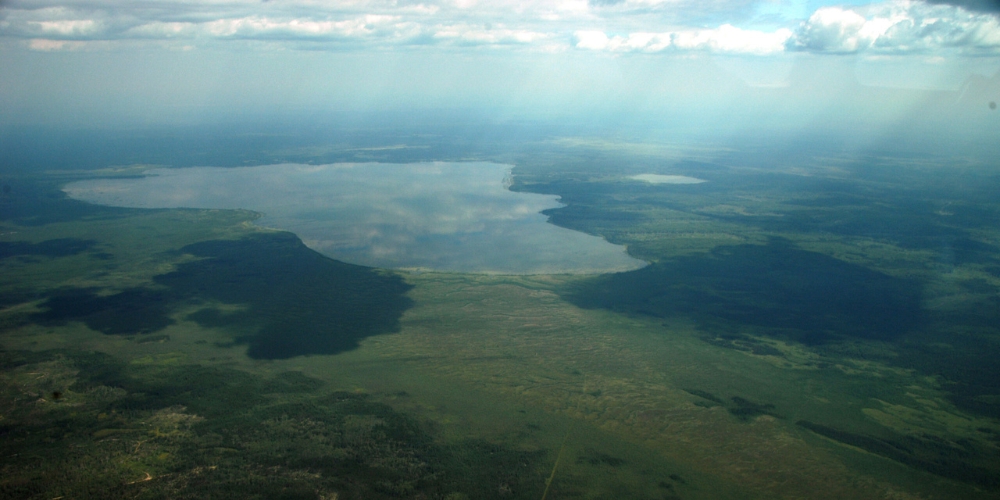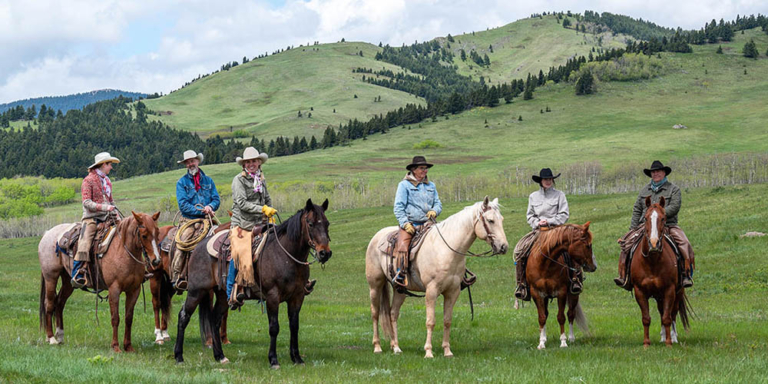According to the Wetlands Atlas of Alberta, wetlands cover more than one-fifth of Alberta, mainly in the north. These wetlands are home to about 400 species of plants, some of which are rare, threatened, or endangered in the province.
Nationwide, seven out of every ten of Canada’s wetlands have been destroyed or degraded in settled areas.
In 2014, more than half of our province’s northern wetlands were lost to oil sands development, according to a study by the University of Waterloo.
Sounds like a crisis, doesn’t it?
Sounds like something a competent regular would pay particular attention to?
Think again.
Today, oil sand projects continue to make our wetlands problem worse. The Alberta Energy Regulator (AER) recently approved plans to mine a portion of the McClelland Lake Wetland Complex (MLWC).
Suncor set the plan in motion more than 20 years ago, claiming the company could mine roughly half the wetland without affecting the remainder.
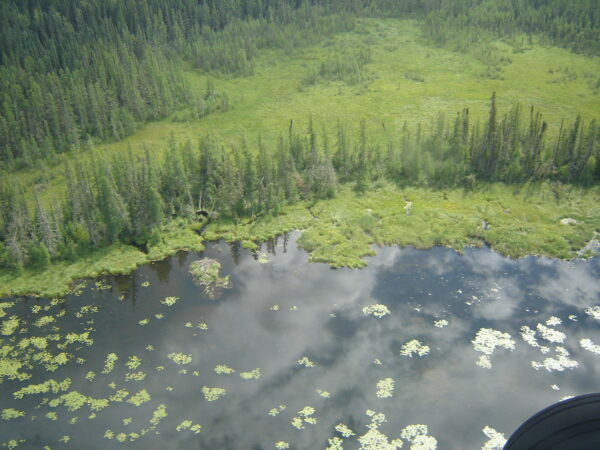

This MLWC wetland hosts 20 rare or endangered plant species and more than 200 migratory bird species, including the endangered whooping cranes.
The area is also culturally and socially important to the Indigenous peoples who have used the wetlands for centuries.
Indigenous communities have relied on the MLWC to gather balsam, birch, sweetgrass, pin cherries, and more for food and medicines.
The MLWC is also host to peatlands, a type of wetland made up of thick layers of peat. Peat is soil consisting of dead organic matter like plants. The decaying organic matter often takes over 10,000 years to turn into peat.
Peatlands play a huge role in managing carbon heat-trapping pollution. Worldwide, peat soils store more than 600 gigatons of carbon pollution. That’s twice as much as all the world’s forests.
According to Lorna Harris, an ecologist with the Wildlife Conservation Society, the single McClelland Lake wetland currently stores between eight million and 35 million tonnes of carbon pollution.
The MLWC contains about 11,000 years’ worth of carbon-rich peat. Meanwhile, all Alberta’s carbon capture and storage programs provincewide have only stored over ten million tonnes since 2015.
Like A Moth To A Flame
The McClelland Lake complex isn’t just a run-of-the-mill wetland. In 1996, the MLWC was placed off-limits to oilsands mining under the Fort McMurray-Athabasca Oil Sands Subregional Integrated Resource Plan (IRP).
An IRP is supposed to identify the values and land and resource management goals for an area while maintaining social, economic, and ecological values.
In 1999, the Alberta Special Places 2000 Committee nominated the MLWC as an environmentally significant area to ensure these critical wetlands were conserved.
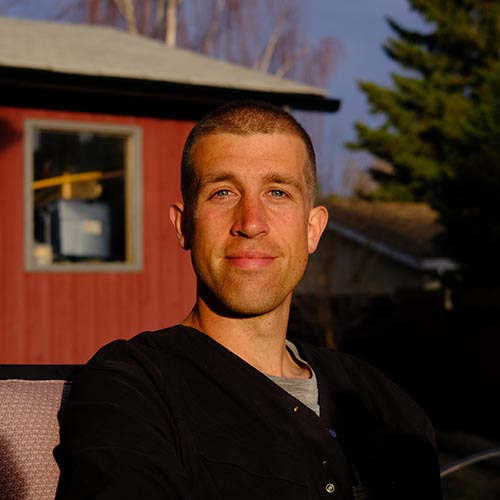

But things took a turn for the worse in 2001 when True North Energy published a resources report that eventually led the government of Alberta to change the IRP to allow development in the MLWC.
In 2002, the Alberta Energy and Utilities Board approved True North’s proposed Fort Hills project, which would excavate almost half of the MLWC.
In True North’s proposal, the company claimed a large oil resource was below the wetland. At the time, the AER estimated the MLWC housed a billion barrels of crude oil.
The regulatory board approved True North’s plan to develop the site despite an environmental impact assessment that stated mine operations would likely destroy the wetlands peat.
However, the approval came with some strings attached. The company had to develop a plan to protect the unmined area of the MLWC.
In 2004, True North was bought by Forth Hills Energy, owned by Suncor. In 2021, Suncor put forward a protection plan involving wells, pumps, and a wall that would be in place by 2037.
The proposed wall would be about 14 kilometres long and between 20 and 70 metres deep. This would supposedly protect the unmined wetland while the mined area is drained and exploited.
But will it?
Ignorance Or Incompetence?
In March, the Alberta Wilderness Association (AWA) submitted a scientific analysis that found numerous problems with Suncor’s plans. Given the risks, AWA asked the Alberta Energy Regulator to reconsider its approval.
AWA raised several potential concerns, including contamination of freshwater, damage to the wetland’s structure, and carbon pollution.
AWA pointed out that for the company’s plan to succeed, every well, pump, and pipeline would need to work flawlessly for decades. Given the history of tailings spills, this is highly unlikely.
“We do not have any certainty that it will work…We’ve just seen that recently with Imperial Oil’s Kearl Lake oilsands tailings leak. It’s known from other sites as well,” Harris told Global News.
In June, the AWA submitted another report supported by well-known wetland experts, including Richard Lindsay from the University of East London, Dr. R. Kelman Wieder from Villanova University, and Dr. David Locky from MacEwan University.
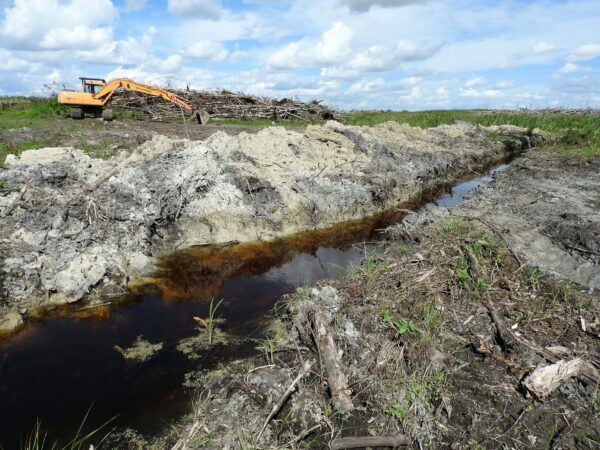

The three experts raised concerns about the lack of testing of Suncor’s wall and mitigation measures, which would be used to prevent or reduce the negative environmental impacts of a project.
They also claimed the company’s vegetation monitoring program, used to monitor a project’s environmental impact, is sub-par. The group also concluded Suncor is ignorant of the potential major effects of mining activities and mitigation failures.
In response, Suncor admitted that its plan for the wall is incomplete and stated the water management design features are in the conceptual stage. However, the company claims engineering work to improve features is underway.
“The plan will continue to be refined as additional monitoring and modelling work is completed, as well as further engagement with the sustainability committee. Comprehensive reporting to the AER will also continue,” wrote Suncor in an email to Global News.
There are almost 5,000 square kilometres of mineable oilsands in Alberta.
Rather than more investment in fossil fuels in increasing fragile areas like the MLWC, should Alberta ramp up its investments in renewables?
Ironically, oil sands proposals continue to get rubber-stamped. At the same time, Premier Smith’s government has paused renewable projects to ensure that wind and solar installations are not placed in environmentally sensitive areas.
Why is there one set of standards for oil and gas and a different set under review for renewables?
How can we hold renewables to high environmental standards and not do the same for oil and gas?
Good questions. Too bad Albertans haven’t gotten good answers.
We are proud of our energy resources but don’t want new projects that sacrifice our environment’s or communities’ long-term health.

